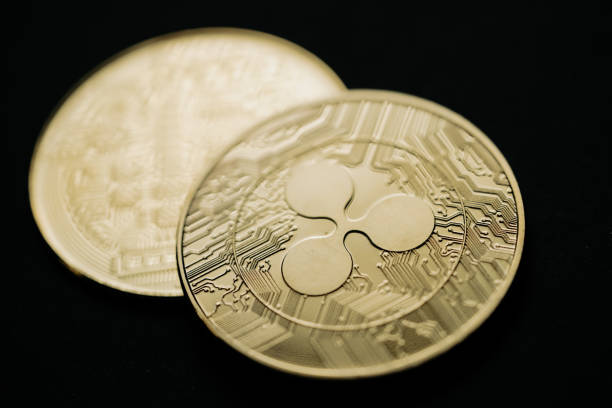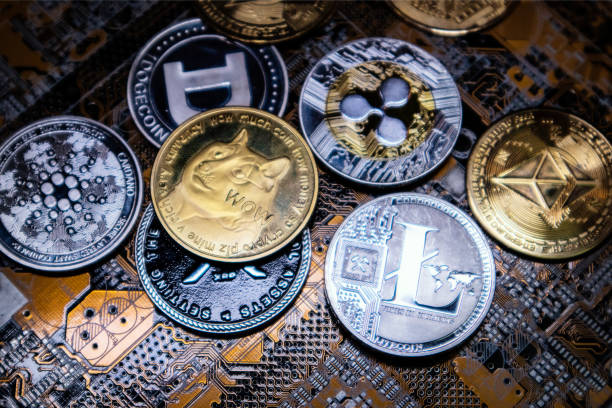Reason to trust

How Our News is Made
Strict editorial policy that focuses on accuracy, relevance, and impartiality
Ad discliamer
Morbi pretium leo et nisl aliquam mollis. Quisque arcu lorem, ultricies quis pellentesque nec, ullamcorper eu odio.
When deciding which exchange to trade your cryptocurrency with, one of the most important things to consider is the fees involved. Initially introduced as a way to help process trades in a faster, more efficient way, cryptocurrency fees are now a staple in the trading world. So whether it’s bitcoin, ether, XRP, litecoin, or another cryptocurrency you’re looking to trade, be sure to check out Cryptowisser’s “Top 20 Crypto Exchanges With Lowest Fees” list which is updated every hour, so you won’t miss a beat.
Evolution of Fees
According to many experts in the fields of finance and economics, cryptocurrency trading fees were never part of the bitcoin developer Satoshi Nakamoto’s original plan (Not that the pseudonymous person/group admit many of their plans publicly). In 2008 he set out to create a corruption-proof digital currency which users could trust completely as the typical middle man in such transactions i.e banks had been cut out. The almost unfathomable growth of bitcoin in the last twelve years led to much longer waits for trades to be added to the blockchain, which in turn led to the introduction of fees in order for users to speed the process up. Somewhat predictably with over 17 million bitcoins in circulation everyone wants to speed the process up, which means fees are now prevalent on most exchanges.
When trading bitcoin and other cryptocurrencies nowadays, as well as the price of the bitcoin itself, there can be many fees to consider. The three most common fees that you’ll find across most exchanges are Maker, Taker and withdrawal.
Simply put, Maker fees are imposed for creating an order, Taker fees for completing somebody else’s order (or taking the deal) and withdrawal fees for withdrawing funds. You can find comparison charts for these fees both individually and collectively on Cryptowisser.
Why are some CryptoCurrency fees higher than others?
Cryptocurrency exchange fees are typically calculated in two ways: A flat rate per trade or a percentage of the monthly trading volume for an account. Most exchanges now use the latter form, due to it’s more dynamic nature. In both instances a tier-based structure is used to determine the fees based on the size of the transaction. Fees are traditionally set by the different cryptocurrency providers, however as waiting time for trades to be completed has increased, due to the increasing number of trades, many wallets have incorporated their own pay structures, in order to process trades quicker. As competition continues to increase, cryptocurrency exchange fees are constantly evolving and changing, so it’s important to keep your finger on the pulse, even after you’ve chosen your initial exchange.
Choosing an exchange based on fees
While the innately business savvy among us would naturally veer towards exchanges with the lowest fees, it can often actually make sense to choose those who charge more for cryptocurrency trading. As mentioned previously, the fees are in place to help users jump the queue in terms of waiting for trades to be added to the blockchain, so it can sometimes be wiser to choose an exchange with a higher fee in order to close trade deals more quickly. Secondly paying higher fees provides users with a sense of security, as it ensures that transactions can be confirmed quickly to avoid any stress caused by uncertainty. So if you feel like you’re now ready to start trading, check out the top 20 list on Cryptowisser, where you’ll find exchanges ranked in order by Taker, Maker and withdrawal fees as well view deposit methods, number of cryptocurrencies accepted and user ratings for each exchange-listed.



























